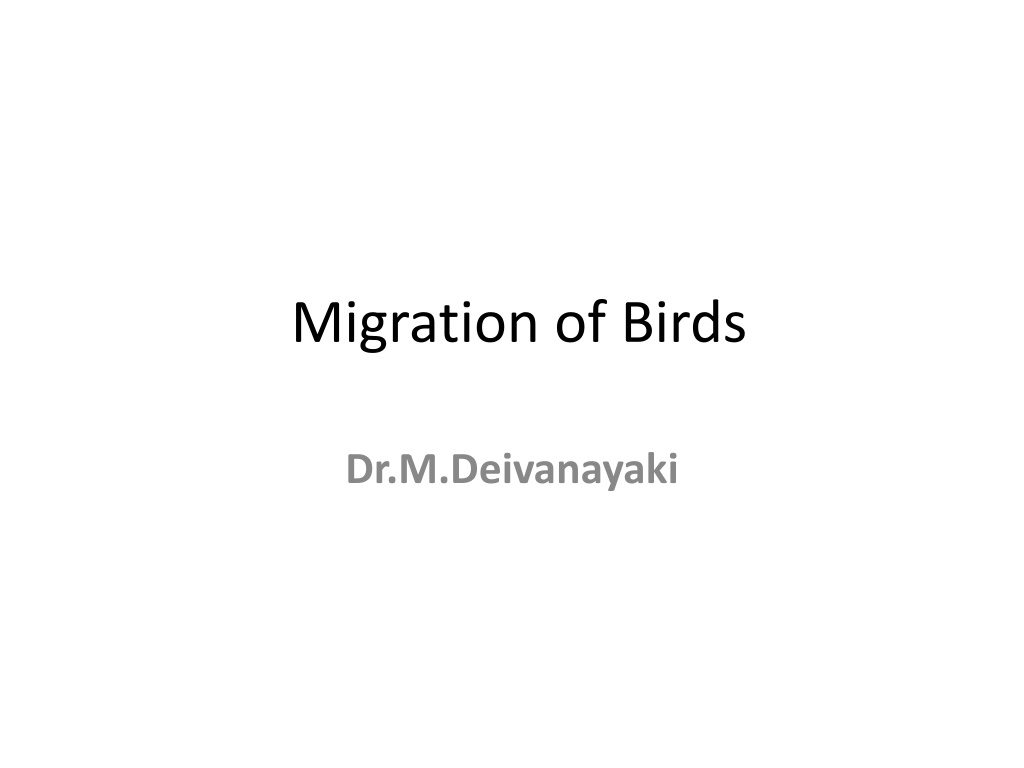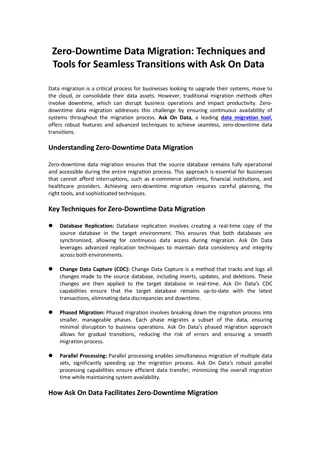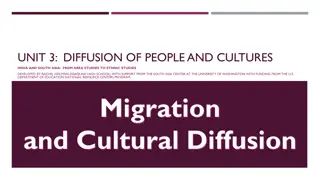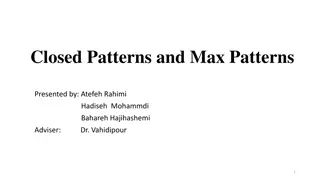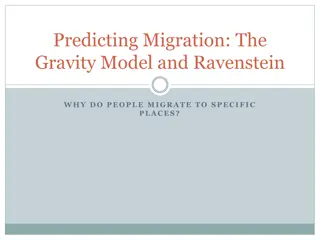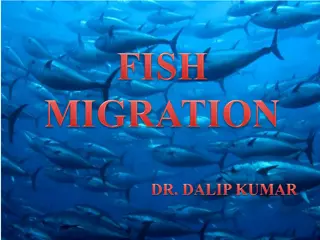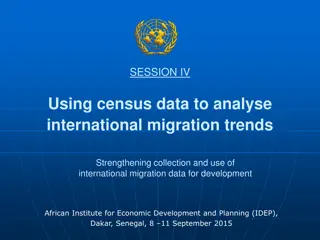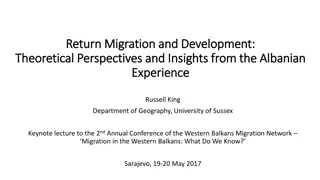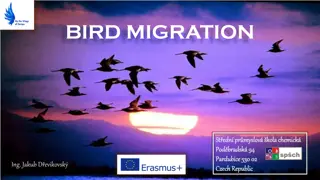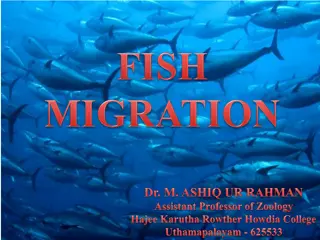Fascinating Insights into Bird Migration Patterns and Adaptations
Bird migration is a captivating natural phenomenon driven by factors such as food availability and daylight changes. Various species exhibit remarkable adaptations in physiology and behavior to undertake these long journeys, benefiting ecosystems and aiding in the dispersal of species. While migration poses risks like predation, it also plays a crucial role in the movements of other organisms and has been studied for its potential implications on disease transmission.
Download Presentation

Please find below an Image/Link to download the presentation.
The content on the website is provided AS IS for your information and personal use only. It may not be sold, licensed, or shared on other websites without obtaining consent from the author. Download presentation by click this link. If you encounter any issues during the download, it is possible that the publisher has removed the file from their server.
E N D
Presentation Transcript
Migration of Birds Dr.M.Deivanayaki
Bird migration is the regular seasonal movement, often north and south along a flyway, between breeding and wintering grounds. Many species of bird migrate. Migration carries high costs in predation and mortality, including from hunting by humans, and is driven primarily by availability of food. It occurs mainly in the northern hemisphere, where birds are funneled on to specific routes by natural barriers such as the Mediterranean Sea or the Caribbean Sea. Migration of species such as storks, turtle doves, and swallows was recorded as many as 3,000 years ago by Ancient Greek authors, including Homer and Aristotle, and in the Book of Job. More recently, Johannes Leche began recording dates of arrivals of spring migrants in Finland in 1749, and modern scientific studies have used techniques including bird ringing and satellite tracking to trace migrants. Threats to migratory birds have grown with habitat destruction especially of stopover and wintering sites, as well as structures such as power lines and wind farms. The Arctic tern holds the long-distance migration record for birds, travelling between Arctic breeding grounds and the Antarctic each year. Some species of tubenoses (Procellariiformes) such as albatrosses circle the earth, flying over the southern oceans, while others such as Manx shearwaters migrate 14,000 km (8,700 mi) between their northern breeding grounds and the southern ocean. Shorter migrations are common, including altitudinal migrations on mountains such as the Andes and Himalayas. The timing of migration seems to be controlled primarily by changes in day length. Migrating birds navigate using celestial cues from the sun and stars, the earth's magnetic field, and mental maps.
Adaptations[edit] Birds need to alter their metabolism to meet the demands of migration. The storage of energy through the accumulation of fat and the control of sleep in nocturnal migrants require special physiological adaptations. In addition, the feathers of a bird suffer from wear-and-tear and require to be moulted. The timing of this moult usually once a year but sometimes twice varies with some species moulting prior to moving to their winter grounds and others molting prior to returning to their breeding grounds.[88][89]Apart from physiological adaptations, migration sometimes requires behavioural changes such as flying in flocks to reduce the energy used in migration or the risk of predation.[90]
The migration of birds also aids the movement of other species, including those of ectoparasites such as ticks and lice,[101]which in turn may carry micro- organisms including those of concern to human health. Due to the global spread of avian influenza, bird migration has been studied as a possible mechanism of disease transmission, but it has been found not to present a special risk; import of pet and domestic birds is a greater threat.[102]Some viruses that are maintained in birds without lethal effects, such as the West Nile virus may however be spread by migrating birds.[103]Birds may also have a role in the dispersal of propagules of plants and plankton.[104][105] Some predators take advantage of the concentration of birds during migration. Greater noctule bats feed on nocturnal migrating passerines.[21]Some birds of prey specialize on migrating waders.[106]
